In this post, I would like to introduce you to Magdala, one of the most famous sites on the shores of the Sea of Galilee mentioned in the Gospels. What makes Magdala so unique is that the archaeological remains of the city actually date to the first century. This contrasts with Bethsaida and Chorazin, also mentioned in the Gospels, but containing much later, Byzantine remains.
Magdala was a fishing town located on the western side of the lake, between Tiberias and CapernaumOn this map, from Townsend MacCoun’s 1899 book, The Holy Land in Geography and in History, the site is labeled “el Mejdel”.
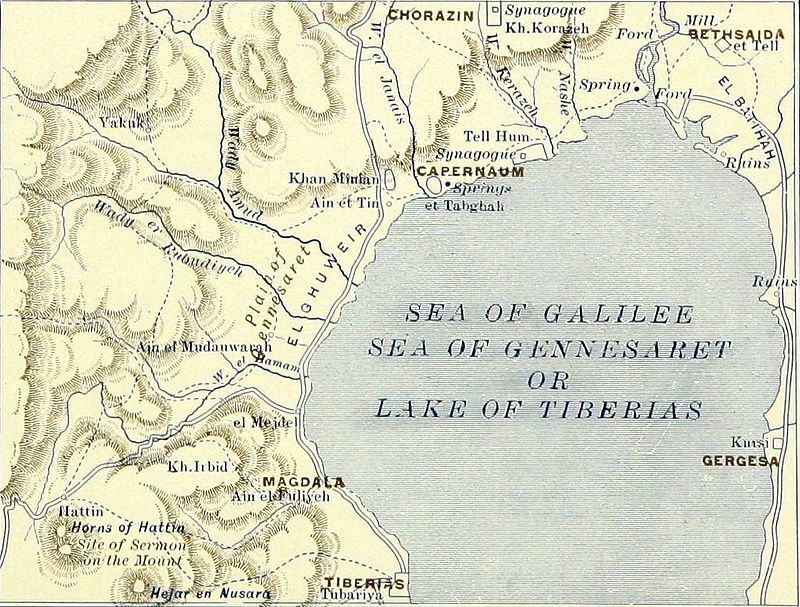 Unlike the nearby villages of Capernaum and Bethsaida, which appear very frequently in the Gospels, Magdala is only mentioned a handful of times in the Gospels, for example in Matthew 15:39:
Unlike the nearby villages of Capernaum and Bethsaida, which appear very frequently in the Gospels, Magdala is only mentioned a handful of times in the Gospels, for example in Matthew 15:39:
After sending away the crowds, he got into the boat and went to the region of Magdala.
καὶ ἀπολύσας τοὺς ὄχλους ἀνέβη εἰς τὸ πλοῖον καὶ ἦλθεν εἰς τὰ ὅρια Μαγδαλά
In some manuscripts of Mark 8:10 the town is referred to as Mageda or even Dalmanutha. It is quite clear that the correct name is Magdala (מגדלא), which is simply the Aramaic word for “tower”. This likely refers to a “fish tower,” a structure used to air dry fish before they were transported to distant marketplaces. This is the same name used by the Jerusalem Talmud: Magdala Nunaya. Because there was no refrigeration in the ancient world, fresh fish was very seldom eaten. Dried and salted fish was a staple of the Roman diet, and the Land of Israel was one of its major sources. Josephus refers to this town’s reputation for fish-curing, calling it Magdala Taricheae (“Magdala of the fish salters”). In Hebrew, it would have been called Migdal haDagim (מגדל הדגים). To this day in Norway, large wooden racks are built to dry fish as seen here:
Magdala is located directly on the Sea of Galilee, as seen in the image below. Perhaps its “fish tower” was a prominent landmark that gave rise to its name.
This aerial photograph, courtesy of Avram Graicer, shows the large excavations taking currently place at Magdala. Notice how the hills rise abruptly out of the Sea leaving a narrow plain for the road.
Above all, Magdala is perhaps best known as the hometown of one of Jesus’ most important female followers: Mary Magdalene, whose name is mentioned 12 times in the New Testament. Like Jesus’ own mother, her name in Hebrew was Miriam, which is rendered Mariam in Greek. One of the most important passages that mentions Mary is this:
Soon afterwards he went on through cities and villages, proclaiming and bringing the good news of the kingdom of God. The twelve were with him, as well as some women who had been cured of evil spirits and infirmities: Mary, called Magdalene, from whom seven demons had gone out, and Joanna, the wife of Herod’s steward Chuza, and Susanna, and many others, who provided for them out of their resources. (Luke 8:1-3)
In this passage, we see that in addition to his male disciples, Jesus also had several prominent female followers, which was very unusual in rabbinic culture. Perhaps Mary Magdalene was wealthy, owing to the town’s profitable fish-curing industry. This might be why Luke says that she “provided for Jesus out of her resources”. One thing is for sure: contrary to popular imagination, Mary Magdalene was not a prostitute. Or at least the Bible never says as much. This “fact” is the invention of prominent Patristic authors, such as Augustine and Gregory I. They attached Mary Magdalene’s name to the unnamed woman that anoints Jesus with a jar of alabaster in Luke 7:36-50. Interestingly, this woman is described as “a sinner” (7:37), whose “sins are many” (7:47), although her sin is not actually specified. This connection is widely seen in art as well. For instance, the Church of St Mary Magdalene in Esplugues (Catalonia, Spain), contains several paintings of the life of Mary Magdalene (always depicted in red), including this scene of the anointing of Jesus’ feet.
The site that you see here was known to be Magdala for almost 100 years due to the Arabic name of the site, Al-Majdal. But only in 2009 did excavations reveal this synagogue dating to the 1st century CE (this is based on coins found beneath the floor).Like other early synagogues built while the Second Temple was still standing (e.g., Masada, Gamla), this synagogue was used primarily as a community center and study hall. It is where the Torah was read publicly and where rabbis would deliver homilies. Given that Jesus was very active in this area and had a prominent follower from Magdala, it is very likely that he taught in this exact space! Needless to say, this is a major find.
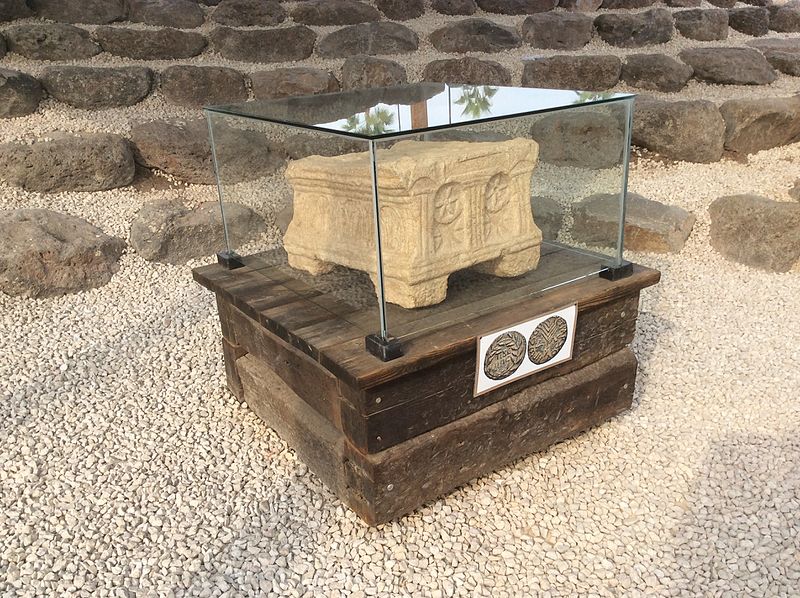 The most important item found in these excavations was the centerpiece of the synagogue, this stone table, presumably used for the reading of the Torah. The scroll would have been rolled out on this table or podium (bema in Greek and Hebrew). It is adorned with decorations from the Temple in Jerusalem. This is the only discovery of this kind ever found in archaeological excavations.
The most important item found in these excavations was the centerpiece of the synagogue, this stone table, presumably used for the reading of the Torah. The scroll would have been rolled out on this table or podium (bema in Greek and Hebrew). It is adorned with decorations from the Temple in Jerusalem. This is the only discovery of this kind ever found in archaeological excavations.



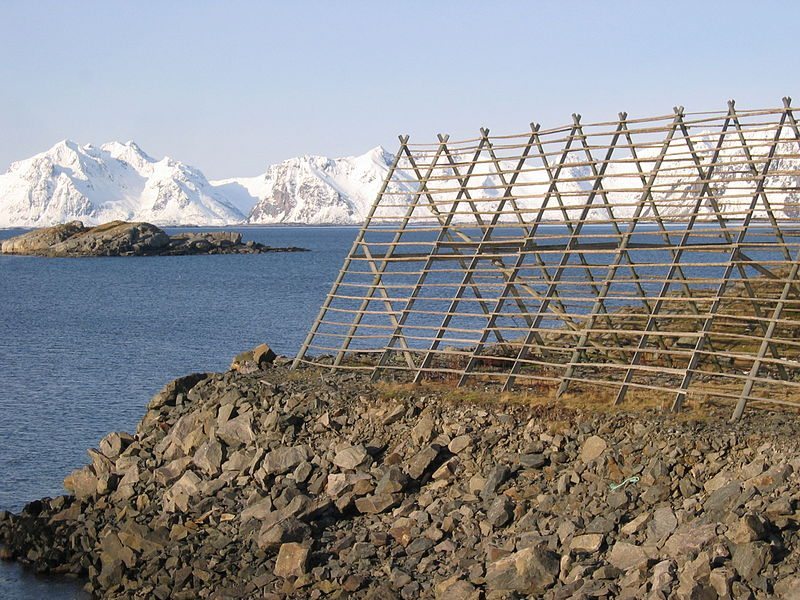
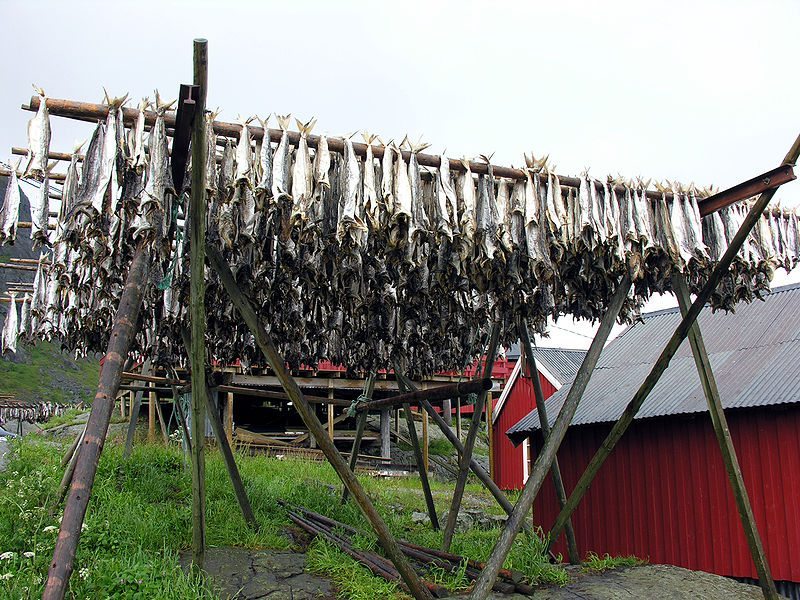
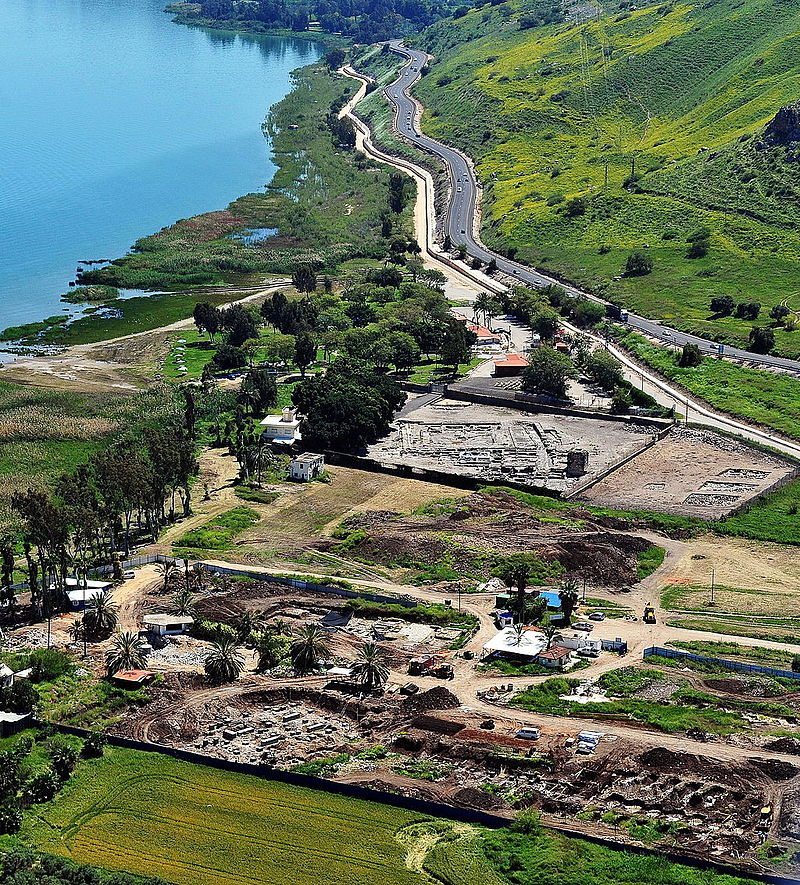

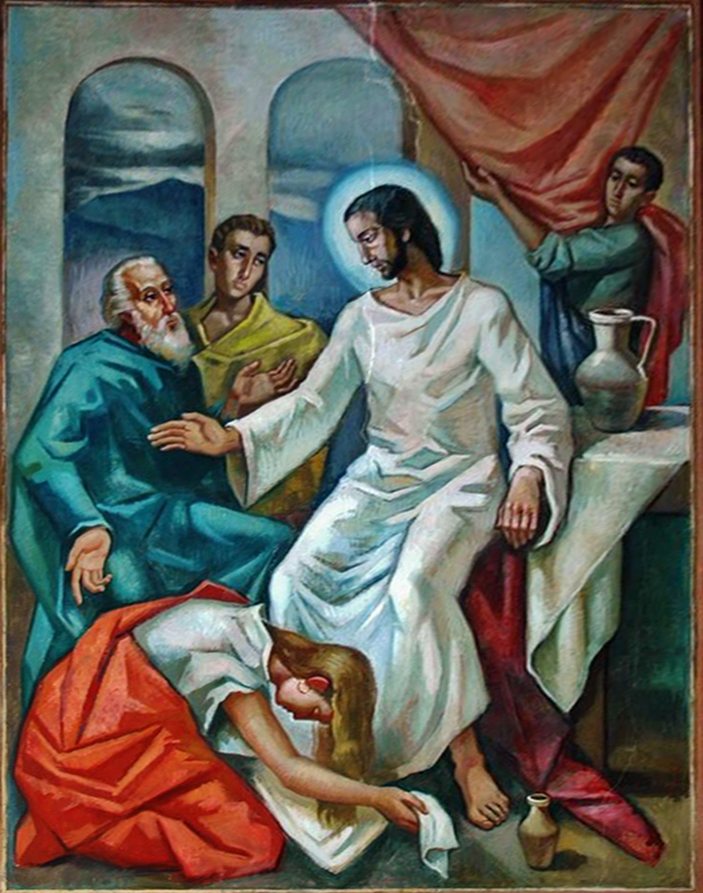



Enjoyed reading the article above , really explains everything in detail. , the article is very interesting and effective. Thank you and good luck in the upcoming articles